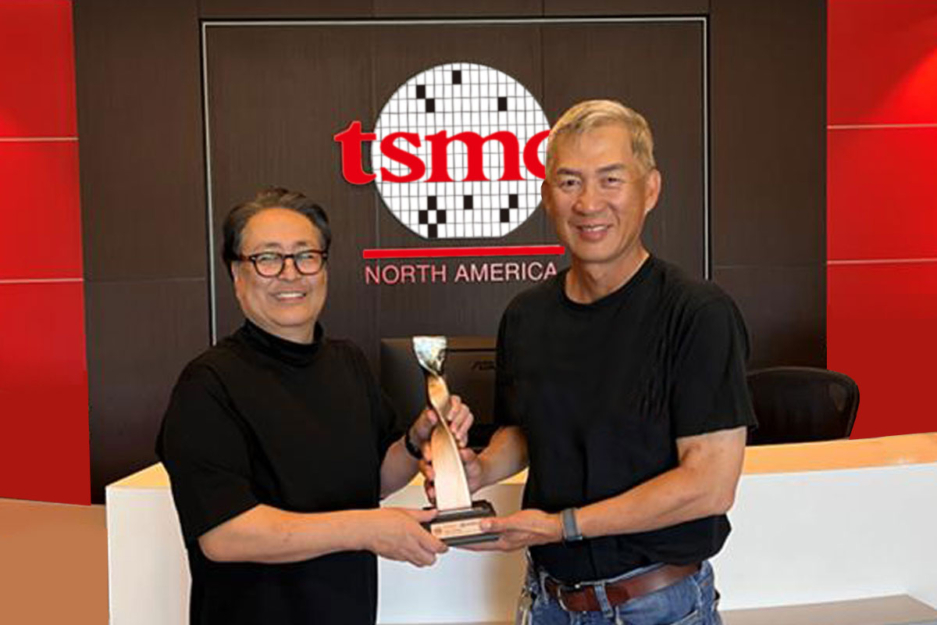
With as many as 2MB of MRAM and 1.8MB of SRAM, the Apollo4 Blue has a lot more than enough compute and storage to deal with complicated algorithms and neural networks though displaying vibrant, crystal-very clear, and smooth graphics.
If supplemental memory is needed, an external memory is supported by means of Ambiq’s multi-little bit SPI and eMMC interfaces.
It turns out to generally be a simple situation of the computer looking to do way too many things directly, but as Aldrin will later on indicate, “unfortunately it arrived up whenever we did not wish to be wanting to resolve these certain difficulties.”
Objectives with the Apollo four mission ended up to gain flight knowledge within the Saturn V and spacecraft structural integrity and mutual compatibility, together with on flight masses and during the separations as Each and every Saturn V phase was exhausted and was discarded.
This parking orbit was quite minimal by Earth orbit standards, and it might have been small-lived as a result of aerodynamic drag. For point of view, The existing ISS orbits at an altitude of approximately 250 miles (400 km), and demands a reboost roughly when per month. This wasn't a problem on a lunar mission because of the brief stay in the parking orbit.
An early and critical decision was deciding on lunar orbit rendezvous more than both immediate ascent and Earth orbit rendezvous. A space rendezvous is an orbital maneuver by which two spacecraft navigate by way of space and meet up with up. In July 1962 NASA head James Webb announced that lunar orbit rendezvous would be made use of[35][36] and the Apollo spacecraft would have three major areas: a command module (CM) which has a cabin for the three astronauts, and the only element that returned to Earth; a assistance module (SM), which supported the command module with propulsion, electrical electrical power, oxygen, and drinking water; plus a lunar module (LM) that had two stages—a descent phase for landing around the Moon, and an ascent stage to place the astronauts back again into lunar orbit.
The software's action, In such cases, was to reduce lower priority duties and re-create the greater important ones. The computer, in lieu of almost forcing an abort, prevented an abort. If the computer hadn't acknowledged this issue and brought recovery motion, I doubt if Apollo 11 would've been the prosperous Moon landing it had been.[120]
Good wearables playing an more and more pivotal part in the growth of the online market place of Factors (IoT) field. As more and more people adopt these devices, the amount of facts currently being collected and analyzed is expanding exponentially, informing almost everything from customized health and Health and fitness tips to more productive source chain administration.
Generative AI is revolutionizing recreation creation while in the gaming marketplace. AI-run video game engines deliver partaking and astonishing gameplay. With AI changing activity environments in true time, avid gamers can foresee additional immersive and sensible gaming. This component is predicted to push The expansion in the Generative AI Market place.
About 38 seconds just after the second stage ignition the Saturn V switched from the preprogrammed trajectory to your "shut loop" or Iterative Direction Manner. The instrument device now computed in authentic time the most fuel-efficient trajectory toward its target orbit.
In the mission, the result in was diagnosed given that the rendezvous radar change staying in the wrong position, producing the computer to course of action data from the two the rendezvous and landing radars simultaneously.[121][122] Software program engineer Don Eyles concluded in the 2005 Direction and Regulate Convention paper that the problem was as a result of a hardware design bug Formerly witnessed through tests of the first uncrewed LM in Apollo 5. Getting the rendezvous radar on (so it had been warmed up in case of an unexpected emergency landing abort) must have been irrelevant to the computer, but an electrical phasing mismatch between two parts of the rendezvous radar technique could induce the stationary antenna to look to the pc as dithering backwards and forwards involving two positions, dependent on how the components randomly driven up.
Apollo four, remaining the initial flight with the Saturn V, gained intensive media protection, and writers struggled to convey to the public the dimensions with the start car, stating that it might tower very well over the Statue of Liberty and be 13 periods as heavy. North American, within a handout on the media, observed which the 3000-ton Saturn V comfortably outweighed a "very good-sized navy destroyer".
“As Ambiq proceeds to diversify and improve its world wide business enterprise, our motivation and financial commitment in Singapore continue on being important to our accomplishment,” explained Fumihide Esaka, the chairman and CEO at Ambiq.
The power will deal with growing its structure, verification, and validation engineering groups to aid enterprise advancement.

Get Smart. Use Less Energy.
Ultra-low power SoCs for IoT endpoint devices
that demand complex operations
and longer battery life.
✍ Ambiq® is committed to further improve the quality of life by enabling the intelligence of endpoints while further reducing carbon footprints. Ambiq – your partner in endpoint intelligence.
✯✯✯Based in Austin, San Jose, Hsinchu, Shenzhen, and Shanghai, our leadership and management teams consist of advocates, builders, enthusiasts, entrepreneurs, explorers, incubators, inventors, pioneers, protectors, thinkers, and visionaries. With a diverse spectrum of experiences and skillset, we came together and united with one goal to enable the true Internet of QFN package Things where the battery-powered endpoint devices can truly be connected intuitively and intelligently 24/7.
Ambiq Wins the Demo of the Year Award at 2023 TSMC Technology Symposium
September 7, 2023, Austin, TX – Ambiq®, a leading developer of ultra-low-power semiconductor solutions that deliver a multifold increase in energy efficiency, was awarded the Demo of the Year Award by TSMC as a participant of the Innovation Zone at the 2023 TSMC North America Technology Symposium.
Ambiq Wins the Demo of the Year Award at 2023 TSMC Technology Symposium
During the April event, Ambiq showcased various product design wins using TSMC’s 22nm technology in wearables, digital health, smart home, Industrial IoT, pet trackers, and retail segments, with industry-leading energy efficiency. Ambiq also featured two live demos emphasizing its leadership in enabling endpoint AI with its HeartKit™ for remote patient monitoring and its graphics display capabilities for a vivid user interface.

TSMC pioneered the pure-play semiconductor foundry business model when it was founded in 1987, helping startup companies accelerate their innovations by providing access to the industry’s leading process technologies and manufacturing capacity. Since 2021, TSMC Artificial intelligence at the edge has expanded that mission with an Innovation Zone at its worldwide Technology Symposiums, highlighting how TSMC partners with startup companies to enable cutting-edge products from various applications, including high-performance computing, communication, automotive, IoT, and consumer segments.
“We’re grateful to TSMC and our booth visitors for allowing us to share our energy-efficient technology and processor solutions with them,” said Ambiq’s CEO, Fumihide Esaka. “We’re moving towards an exciting frontier of AI becoming more engrained with our daily lives. With that vision on the horizon, we will continue to develop innovative and first-of-its-kind ultra-low-powered solutions that keep innovation and sustainability in mind.

Ambiq’s mission is to develop the lowest-power semiconductor solutions to enable intelligent devices everywhere by developing the lowest-power semiconductor solutions to drive a more energy-efficient, sustainable, and data-driven world. Ambiq has helped leading manufacturers worldwide develop products that last weeks on a single charge (rather than days), while delivering a maximum feature set in compact industrial designs. Ambiq’s goal is to take Artificial Intelligence (AI) where it has never gone before in mobile and portable devices, using Ambiq’s advanced ultra-low power system on chip (SoC) solutions. Ambiq has shipped more than 200 million units as of March 2023.
Ambiq Designs Low-Power for Next Gen Endpoint Devices
Ambiq’s VP of Architecture and Product Planning, Dan Cermak, joins the ipXchange team at CES to discuss how manufacturers can improve their products with ultra-low power. As technology becomes more sophisticated, energy consumption continues to grow. Here Dan outlines how Ambiq stays ahead of the curve by planning for energy requirements 5 years in advance.
Ambiq Highlights From Embedded World 2024
Facebook | Linkedin | Twitter | YouTube
 Michael C. Maronna Then & Now!
Michael C. Maronna Then & Now! Earvin Johnson III Then & Now!
Earvin Johnson III Then & Now! Karyn Parsons Then & Now!
Karyn Parsons Then & Now! Bill Murray Then & Now!
Bill Murray Then & Now! Rossy de Palma Then & Now!
Rossy de Palma Then & Now!